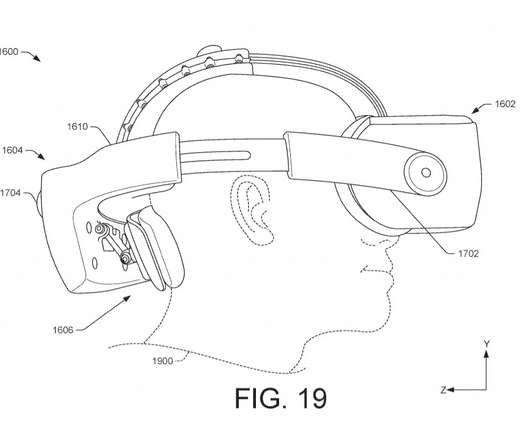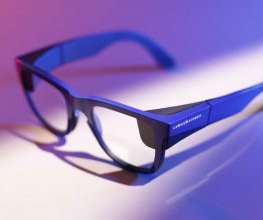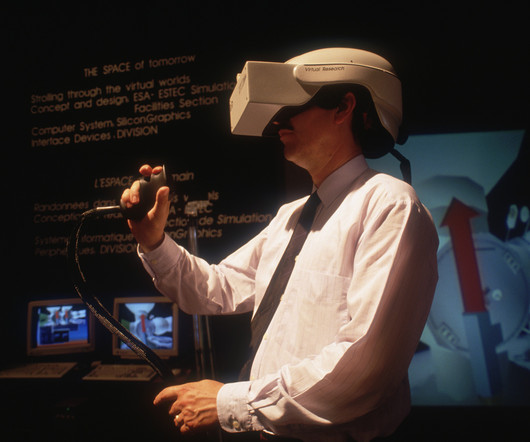Valve papers tease eye tracking VR headset potential
Slashgear
MARCH 18, 2021
This wearable head-mounted display (HMD) included an array of features, including but not limited to wireless functionality, antenna, optical subsystem, IMU sensors, a dedicated processor (or processors), onboard memory, functioning operating system, applications, games, a head tracking module, and an eye … Continue reading.























Let's personalize your content